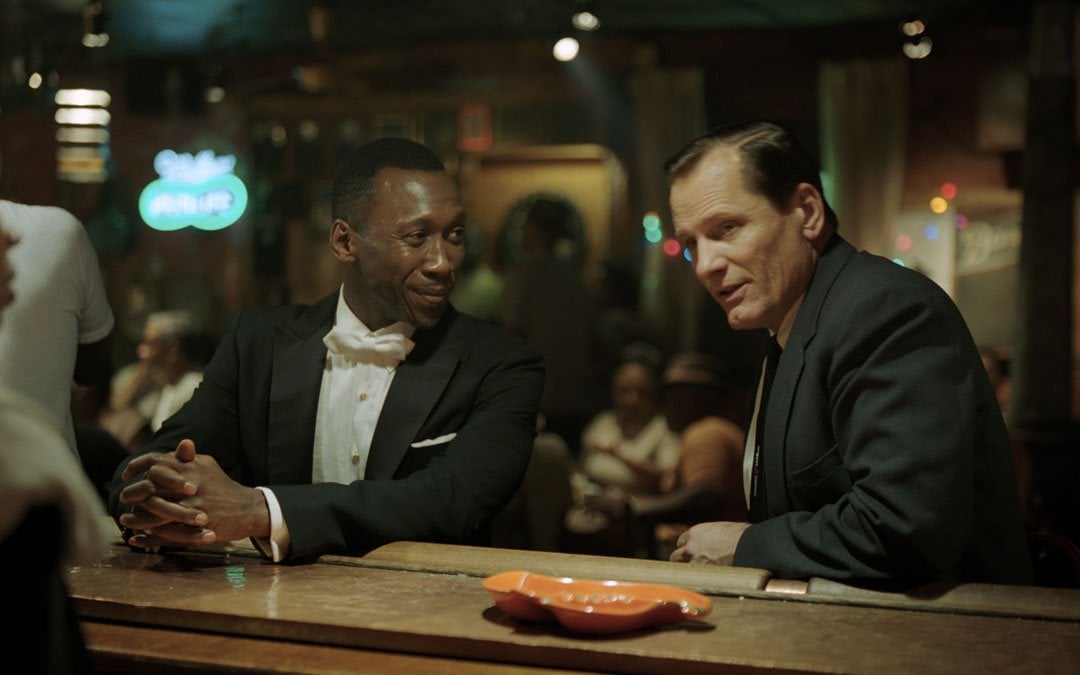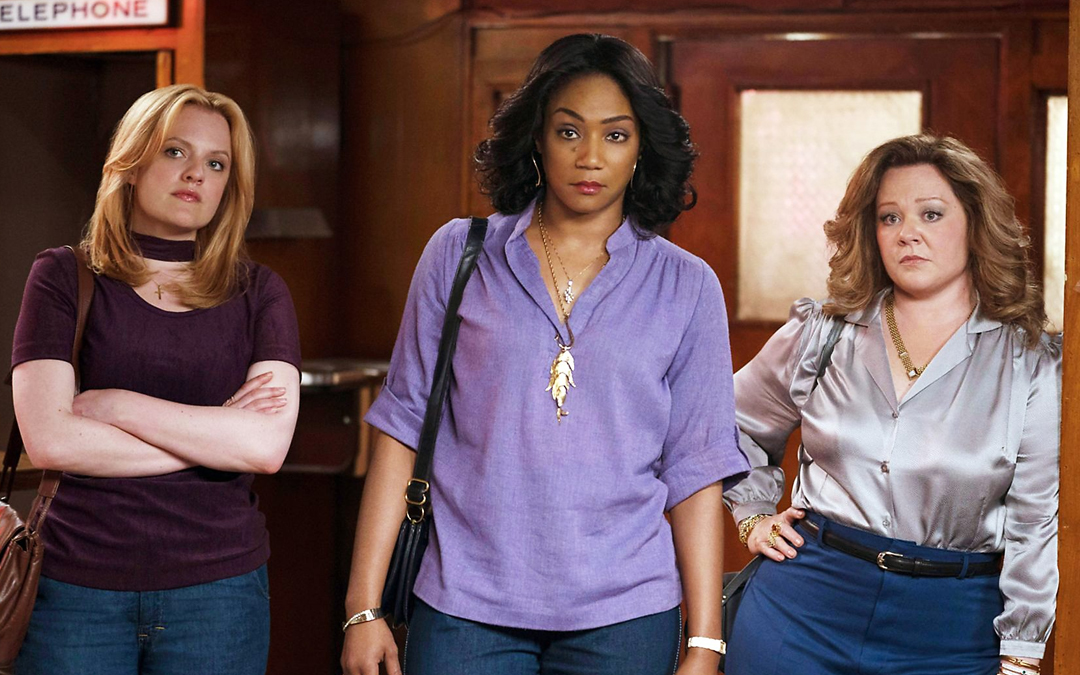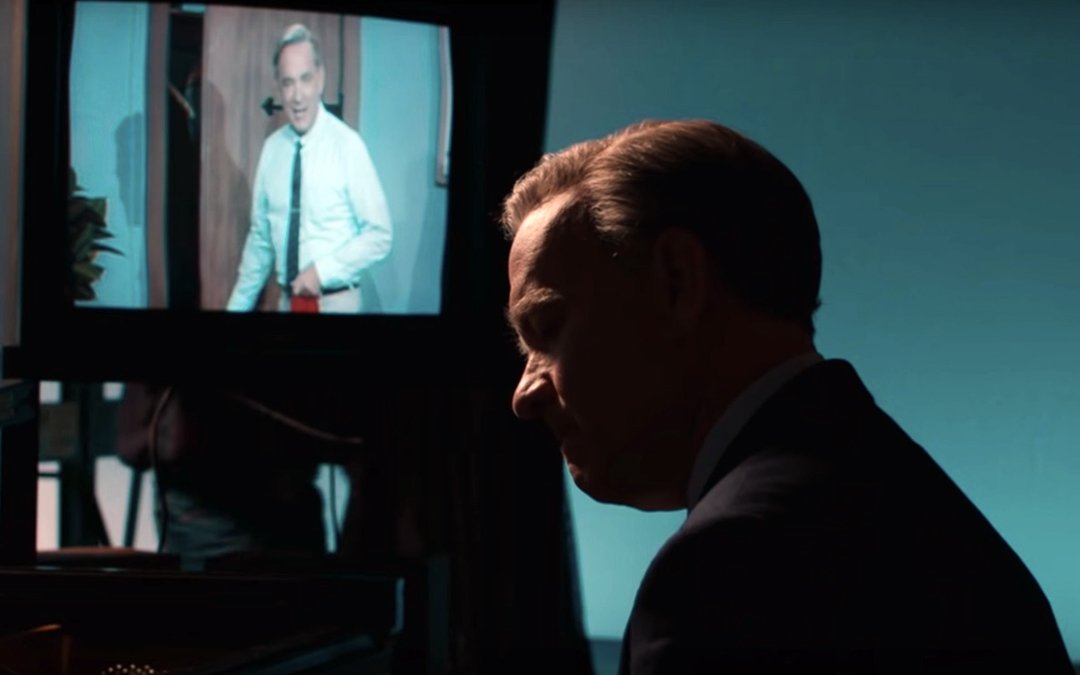All the Write Moves: Green Book
January 28, 2019
In critical circles, certain words have toxic connotations. “Conventional.” “Old-fashioned.” “Sentimental.” There are good reasons why these words have gained dubious reputations; the history of cinema is full of condescending movies that subject audiences to trite stories. Still, every so often, a picture comes along that doesn’t try anything new, but instead expresses those timeless themes in a satisfyingly traditional way. During last year’s award season, Hidden Figures (2016) was such a film. This year, Green Book is another. It is not coincidental that both are stories about racial tolerance.
Like Hidden Figures, Green Book tells a feel-good story about characters from different worlds learning to respect each other. Both films continue a tradition that stretches back to Guess Who’s Coming to Dinner (1967). In each of these films, white characters with varying degrees of racial prejudice learn something new by spending time with exceptional people who happen to be black. Setting aside the problematic aspects of this subgenre, the reason this sort of story gets told again and again is that stories like this remain necessary. So long as prejudice exists, there will be a place for movies that challenge prejudice in a nonconfrontational way, inasmuch as some viewers deliberately avoid films that address race confrontationally.
Green Book tells the real-life story of Frank Vallelonga (played by Viggo Mortensen), a tough guy from the Bronx who, in the early 1960s, took a job as the driver for jazz musician Don Shirley (Mahershela Ali) during a concert tour of the Deep South. The picture marks the solo directorial debut of Peter Farrelly, previously known for making such raunchy comedies as There’s Something About Mary (1998) with his brother, Bobby Farrelly. Peter Farrelly cowrote the script for Green Book with Vallelonga’s son, Nick, and Brian Hayes Currie.
I’ve Got the Power
In cinema, stories that have mythic qualities — which is to say, stories elevated slightly above everyday reality in order to have metaphorical heft — feature characters who often have superpowers, but not in the DC/Marvel sense of that word. The first scenes in Green Book reveal some of Frank’s superpowers. He’s fearless, he’s physically strong, and more importantly, he’s savvy. He knows when to solve problems with his mouth, and he knows when to solve them with his fists. He also knows how to play the angles.
It’s giving away nothing important to reveal that during the film’s opening sequence, when we meet Frank at his job in a fancy nightclub, he pulls an unethical maneuver as a means of bettering his social standing. After a mob boss makes a fuss of checking in his hat by saying there’ll be hell to pay if the hat gets lost, Frank pays the hat-check clerk to give Frank the hat. Then, after the mob boss has his predictable outburst upon discovering that the hat is missing, Frank lets a few hours pass before magically producing the missing hat with a B.S. story about having taken care of the guy who appropriated the hat. While being careful to keep the hat-check clerk out of trouble, Frank impresses the mob boss by solving a problem that the mob boss does not realize Frank created.
Beyond providing an entertaining vignette, this sequence establishes something fundamental about Frank — he has his own code of right and wrong. Playing a trick on a crook is fine. Putting the hat-check clerk in danger is not. Accordingly, every time Frank encounters a difficult situation in Green Book, we know he’ll play by the rules with which we’ve already become familiar. Paying a bribe? No problem. Taking advantage of someone innocent who might get hurt? No way.
In this sense, Frank’s superpower is his ability to cut through the fog of society and recognize what’s morally right — according to Frank’s very specific frame of reference — and to take action based upon that recognition. This sets up everything to follow, not least of which is Frank’s ability to see through Don’s thick defense walls and recognize the wounded person hiding inside.
Takeaway: When introducing characters, display their strengths immediately.
Going the Distance
After introducing Frank, the movie shifts to Frank’s job interview with Don. This is efficient screenwriting on a couple of levels. Firstly, spending so much time with Frank before introducing Don tells the audience that the story will be seen through Frank’s eyes, a rule that Green Book almost never violates. Secondly, demonstrating that Frank is content in his small corner of New York City helps us understand why he doesn’t immediately click with Don, who is worldly.
The structural maneuver here involves establishing the distance between two points—the first being who Frank is before his road trip with Don, and the second being the new person Frank will become after his road trip with Don. One of the key pleasures of road movies is knowing from the outset that the trip will change the travelers. Seen in that light, understanding how much emotional terrain the main characters have to cover in order to overcome differences creates anticipation and excitement.
The irony, of course, is that Green Book is a about a road trip without a destination, since Frank drives Don from New York and then back to New York. What they see along the way, however, changes what “home” means to both men when they return from their travels.
Takeaway: For road trip movies, give the audience clues of what to expect.
Do You Want to Know a Secret?
Relatively late in Green Book, Frank discovers something new about Don that both complicates the audience’s perspective on the character and underscores why Don feels so detached from mainstream society. Happily, it’s possible to talk about the utility of this story element without spoiling the revelation, because for screenwriting purposes, the important aspect of this story element is not the secret itself, but the fact of the secret’s existence. If effective drama is a process of revealing and testing character, then the more layers any given character has, the more interesting the drama becomes.
The beginning of Green Book establishes a simple oil-and-water dynamic between the characters. Don is a hyper-educated black man and Frank is a salt-of-the-earth white man, so the tension between them stems from class and race. The nature of this dynamic is why many have drawn comparisons between Green Book and Driving Miss Daisy (1989), in which a stuck-up white woman forms an unlikely bond with her less-educated black driver. However, the comparison between these two movies goes only so far.
The secret we learn about Don relates to how Green Book differs from Driving Miss Daisy. The earlier film is a one-dimensional homily about people overcoming prejudice through circumstance. On a superficial level, Green Book tells the same story, but after we learn Don’s secret, Frank reveals an aspect of his own personality that is nearly as surprising, but solidly supported by context created elsewhere in the film. Therefore, the bond that forms between the two men isn’t just about overcoming race — it is about finding common humanity. In ways the audience could not observe or predict at the beginning of the movie, Frank is nearly as much of an outlier as Don.
Secrets are powerful portals into character, and the best revelations of character secrets trigger revelations from other characters. As in life, few cinema moments are more emotionally resonant than those in which characters drop socially acceptable masks in order to show their true selves to others, especially if doing so carries an element of risk.
Takeaway: When establishing characters in Act One, don’t show all your cards.
Written by: Peter Hanson
Peter Hanson is a Los Angeles-based writer, filmmaker and teacher. He directed the screenwriting documentary Tales from the Script, and he teaches at Pepperdine University and UCLA Extension. He provides script consulting at www.GrandRiverFilms.com.



